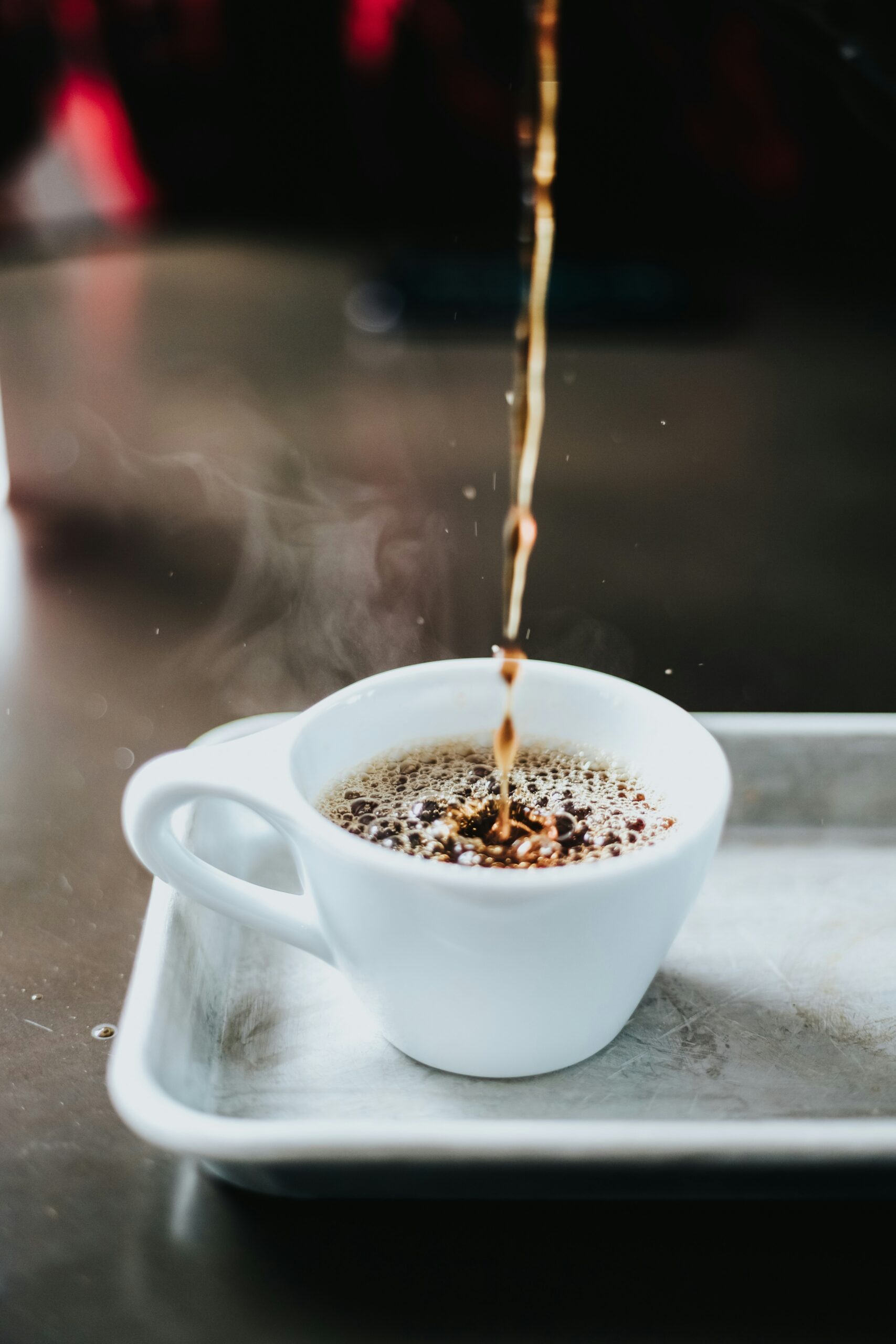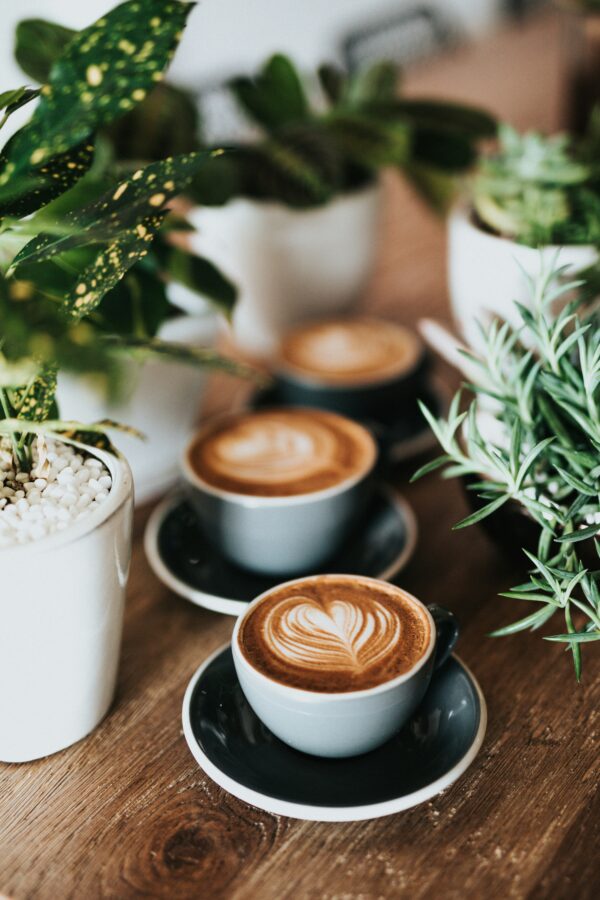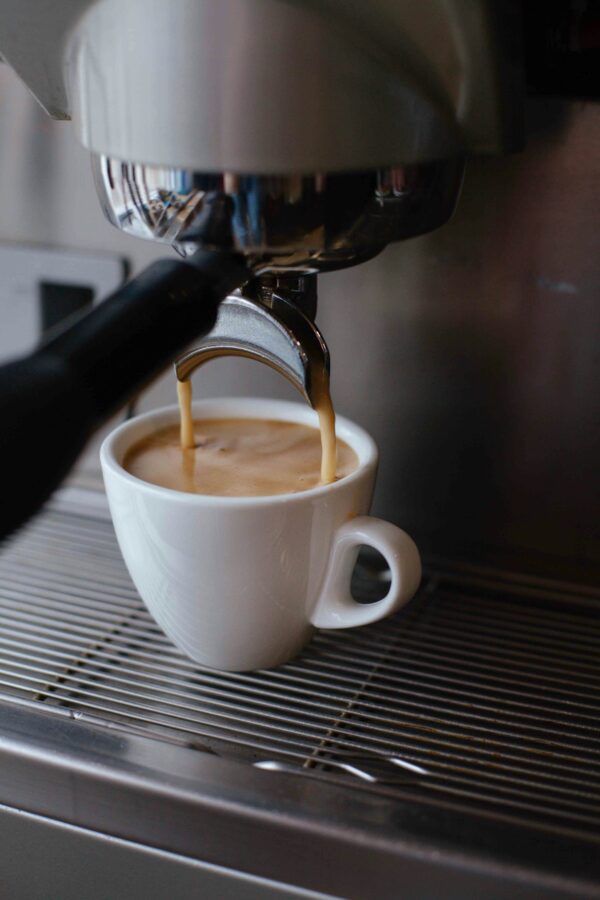Best Coffee Art Design: Latte Art
Good latte art isn’t just about making a visually appealing drink; it’s also about achieving the perfect harmony of flavors between the milk foam and espresso, providing a delicate, rounded mouthfeel and texture.
Latte art is a process of pouring pre-foamed milk into a shot of espresso, which results in the creation of a pattern or design on the surface of a coffee. A good coffee art tells the customer that the barista has done a good job of properly steaming the milk and making the perfect beverage.
One of the most impressive qualities of a barista is their talent for crafting beautiful coffee art. The world of coffee art is vast, offering endless opportunities for creativity, limited only by one’s imagination and skill level.
So what all is needed to master those latte art skills you are trying to perfect?
There are several aspects that are integral to steaming milk, the first step being learning how to steam milk properly. While it may seem easy to achieve, incorporating a few helpful tips into your routine can greatly improve your chances of getting it right after just a few attempts.
- Always use chilled milk for steaming. If you use room-temperature milk, it will heat up too fast and will taste burnt by the time it starts the steaming process.
- Make sure you position the steaming wand just right in order to create that glossy micro foam.
Coffee:
Make sure you’ve pulled a quality espresso which has a good amount of cream on top of it. A smooth, even surface sets the stage for better presentation. Stirring your espresso gently before pouring blends the crema, speckling, and air bubbles, providing a uniform “canvas” for your latte art with consistent color and texture.
Likewise, before you drop the pitcher down to begin pouring your design, make sure you’ve mixed the espresso and milk evenly.
When you begin pouring, aim for the center of your espresso. This technique will gently spread your design down slightly toward the edge of the cup while starting too close to the sides of the cup will cause milk to shoot around the edges and can break the crema.
Milk:
The primary component of milk is milkfat, which exists in the form of globules. These globules consist of various fatty acids, comprising over 98% of the milk. Among them are saturated, monounsaturated, and polyunsaturated fatty acids. Similar to protein, these fat molecules play a crucial role in stabilizing foam formation by encapsulating air from the steam wand and trapping it within bubbles.
Speed of Pouring:
The speed at which you pour your milk from the jug or pitcher will affect your latte art. So, it’s essential to adjust your pouring speed based on the specific design you’re aiming for and the tutorial you’re following, you will want to adjust how fast or how slow you pour to create that coffee art. The speed will create either a more liquid-rich solution or will add texture to your coffee art.
Steaming pitcher:
You want a jug that’s wide enough to allow a “whirlpool” effect when you steam milk. This whirlpool will break down your bigger bubbles and create micro-foam. When selecting the size of your milk jug, consider how much milk you’ll actually need for your beverage. Although experienced baristas could likely create beautiful latte art with any jug, certain spout shapes make it easier to free-pour specific designs. These jugs are more user-friendly for learning and teaching.
Start with a plan:
Begin with a plan. Having a clear direction will allow you to concentrate on executing deliberate movements as you progress through each step. When it comes to pouring milk, even the smallest movements can significantly impact the outcome. Making spontaneous decisions in the heat of the moment can often lead to mistakes and failure. Before you begin your pour, decide what you’d like to end up with. This will help you notice little things that you can improve upon the next time you go to pour the same design.
Coffee Cup:
Ceramic or clay cups are the most recommended ones for making coffee art as they retain heat the best. In cafes, you’ll often find cups with a wide mouth and a narrow base being used. This design facilitates the proper mixing of steamed milk and espresso. It’s crucial to select a cup size of around 250ml to ensure your coffee doesn’t end up tasting bitter or diluted.
Practice Consistently:
Like any skill worth mastering, creating impressive latte art requires consistent practice. If you get the technique right, you will get to the goal a lot faster!
Customers visit coffee shops for the experience, and a good experience will create loyalty with your customers. It’s also important to have drink consistency as one bad drink could mean the loss of a life-long customer.




